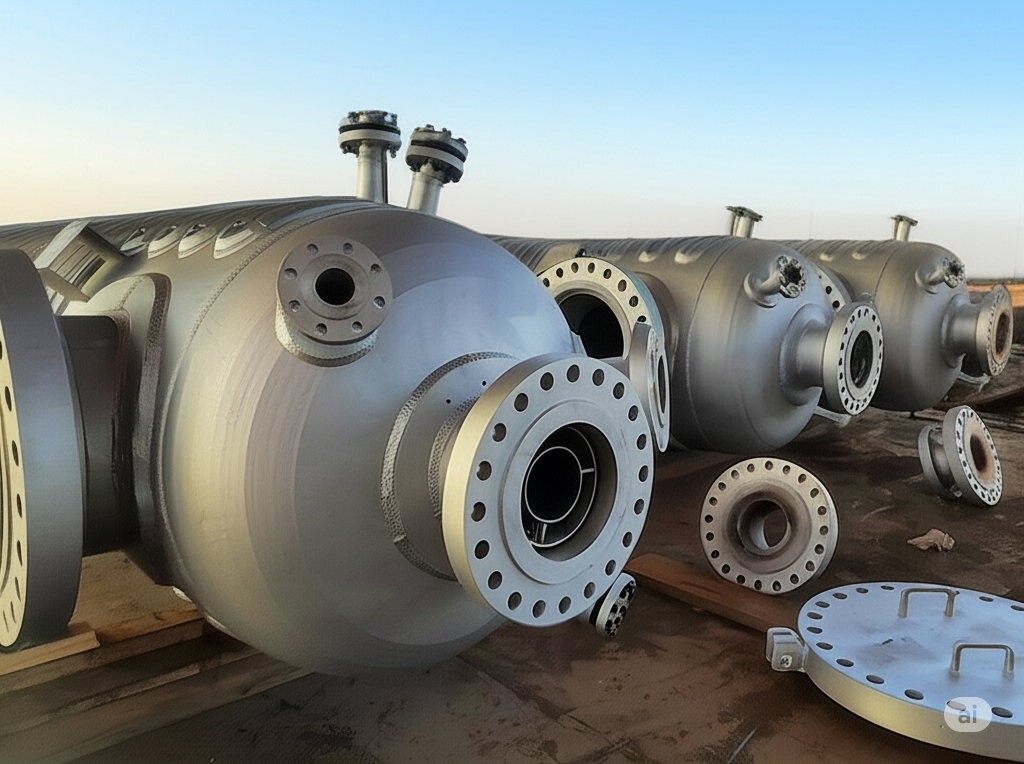
We are Manufacturer, Supplier, Exporter of Distillation Columns from Pune, Maharashtra, India.
Distillation Columns, also widely known as fractional distillation units, are a cornerstone of chemical engineering and industrial processing, serving as the primary equipment for separating liquid mixtures into their individual components or fractions. This separation is based on the difference in the volatility of the components, with the more volatile (lower boiling point) substances rising to the top of the column and the less volatile (higher boiling point) substances remaining at the bottom.
A typical Distillation Column is a large, vertical cylindrical vessel, internally equipped with Trays or Packing to facilitate the vapor-liquid contact. The process begins with the liquid mixture, or feed, being introduced into the column. As the liquid descends, it comes into contact with the rising vapor, which is generated at the bottom of the column by a Reboiler. This interaction causes a continuous exchange of mass and heat; the vapor becomes richer in the more volatile components, while the liquid becomes richer in the less volatile components. The vapor rises to the top of the column and is then condensed back into a liquid by a Condenser, and a portion of this liquid, known as Reflux, is sent back down the column to improve the separation efficiency. The less volatile components are collected at the bottom of the column. The precise design and operation of a Distillation Column, including the number of trays, the type of packing, and the reflux ratio, are critical for achieving the desired purity of the final products. The construction materials are chosen based on the chemical properties of the fluids being processed, as well as the operating temperatures and pressures. Common materials of construction include MS (Mild Steel), SS (Stainless Steel) 304, SS (Stainless Steel) 316, and various specialized alloys, ensuring resistance to corrosion and structural integrity. The design and fabrication of these columns adhere to strict international codes and standards like ASME (American Society of Mechanical Engineers) to guarantee safety and reliable performance. Their robust design allows them to operate continuously for long periods, making them an essential asset in continuous flow processes in various industries.